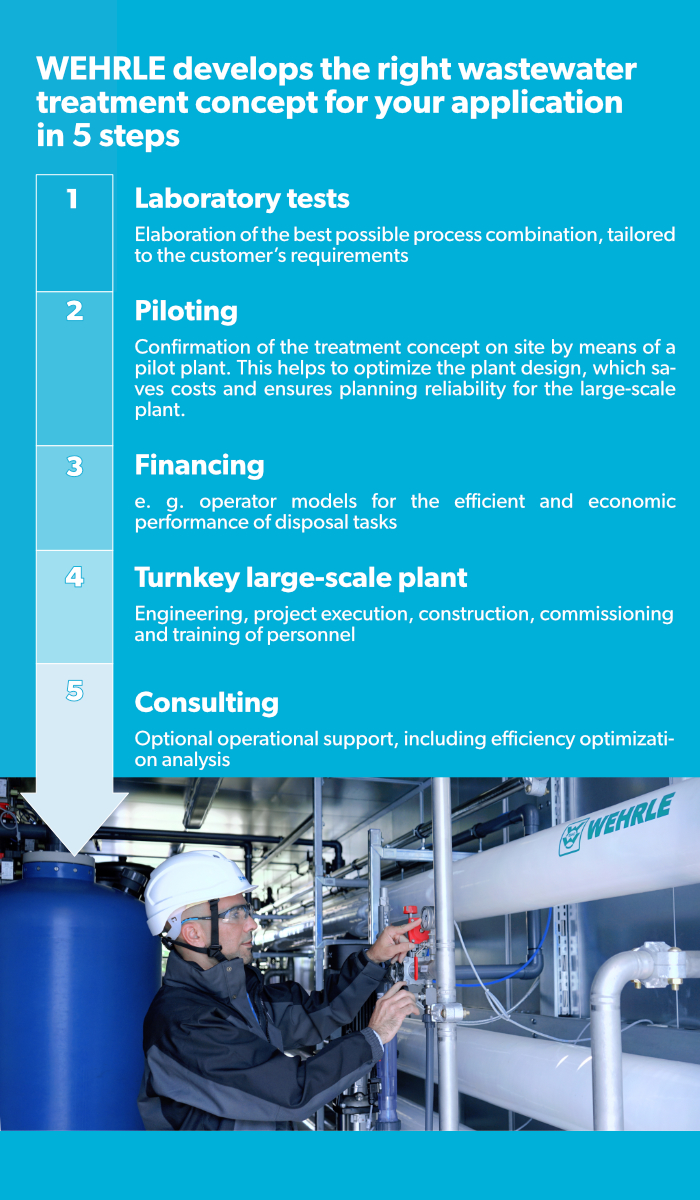

WEHRLE-WERK AG
Bismarckstraße 1-11
D-79312 Emmendingen
Wastewaters from the production of dairy products are as diverse as the range of products itself. It is advantageous to treat those effluents with a process combination particularly designed for the respective effluent type and treatment objective. A good plant constructor thus offers a wide range of treatment solutions to find the most economical solution for the different treatment challenges.
WEHRLE plants are capable of avoiding those common problems by properly coping with the particular characteristics of dairy wastewater:
There are two main processes for the biological elimination of organic carbon compounds:
|
Anaerobic |
Aerobic |
|---|---|
|
|
Often both technologies are combined – a primary anaerobic treatment stage to generate biogas (if required, also with power generation in a combined heat and power plant) and a secondary aerobic treatment stage to comply with strict wastewater limit values.
For both categories, WEHRLE offers different technologies and is able to use tailor-made processes or process combinations for the wastewater. Not only the technical solution but also the best possible cost-effectiveness of the plant is thus a priority to us.
